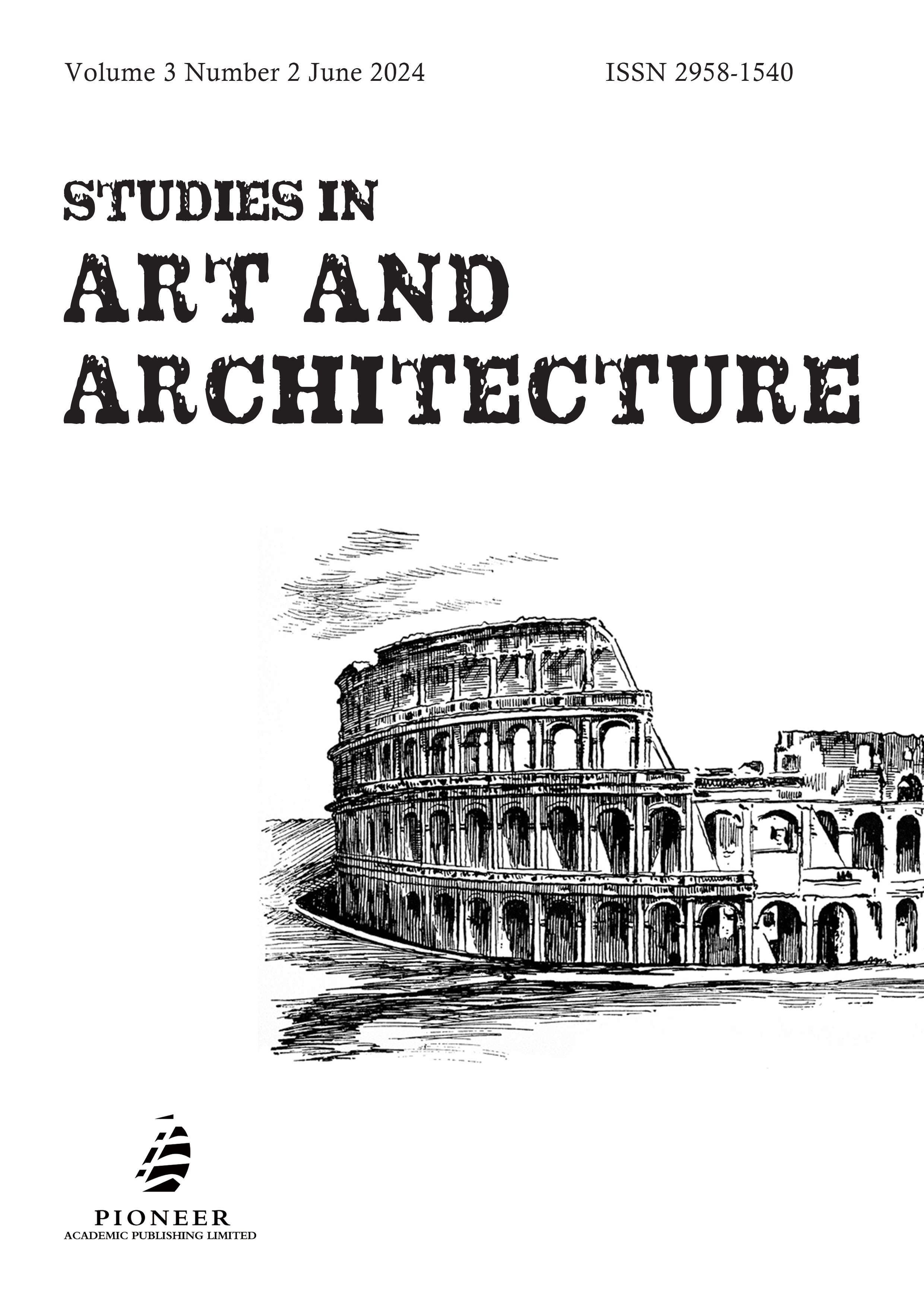Exploring Innovations in Techniques and Media in Contemporary Persian Calligraphy and Their Impacts on Aesthetics and Cultural Interpretation
Keywords:
Persian calligraphy, cultural heritage, modern influences, Nasta’liqAbstract
This paper explores the rich history and evolution of Persian calligraphy, tracing its development from a practical tool for recording information to a sophisticated art form that embodies the cultural and spiritual heritage of Iran. It examines the transformation of Persian calligraphy through various historical epochs, particularly focusing on the significant changes that occurred during the 20th century as modern influences were integrated. The study highlights how contemporary Persian calligraphers have embraced both traditional techniques and modern innovations, such as digital tools and mixed media, to expand the art form’s boundaries. This paper not only reflects on how these adaptations have helped Persian calligraphy remain relevant in the modern art scene but also considers the cultural implications of these evolutions. Through this analysis, the enduring relevance and adaptability of Persian calligraphy are celebrated as a mirror of the dynamic cultural shifts within Iran and as a significant contributor to the global dialogue on art and expression.


